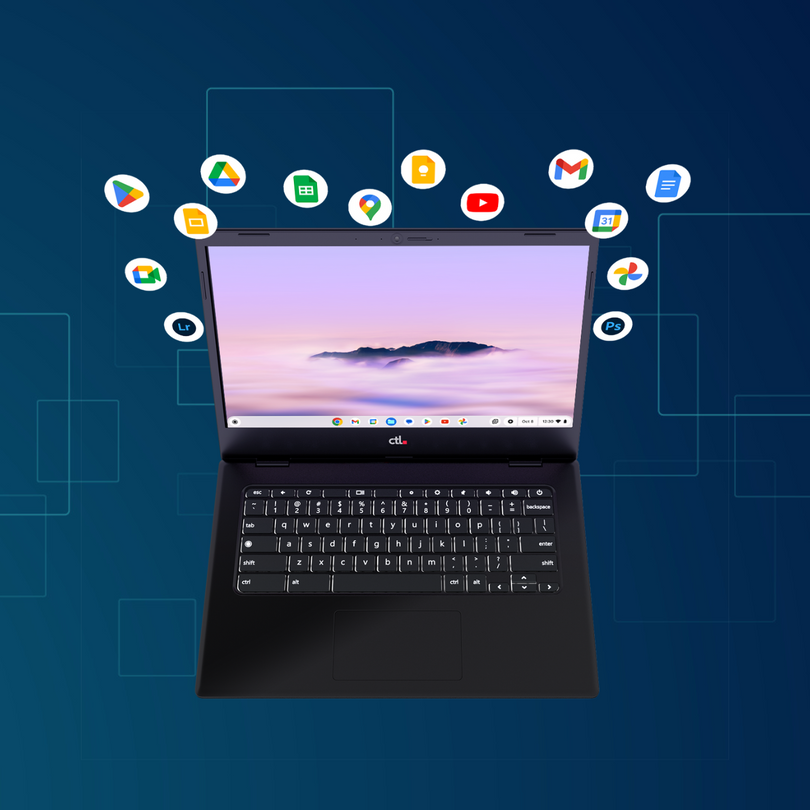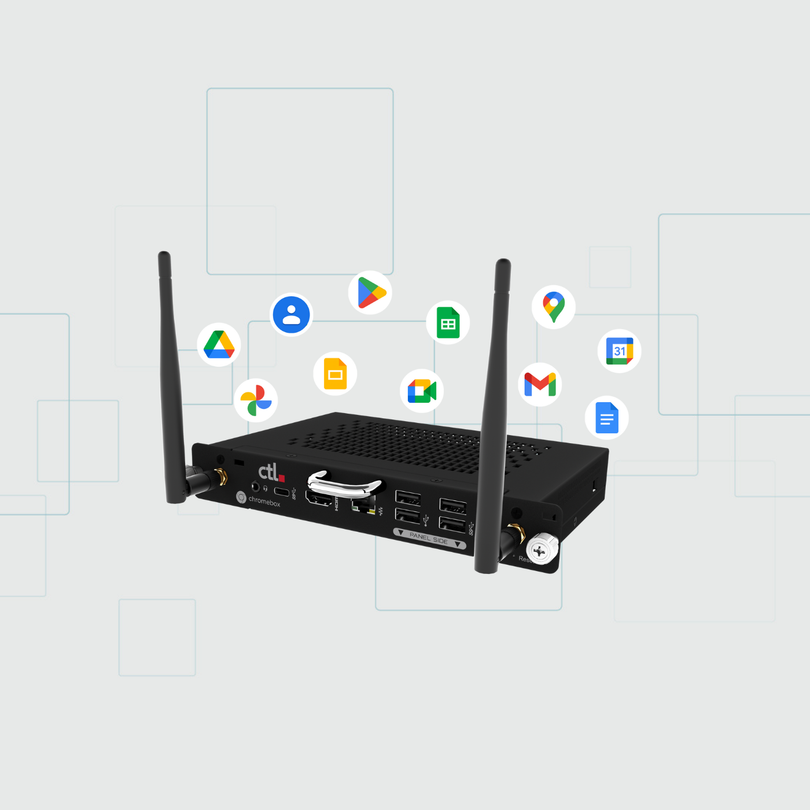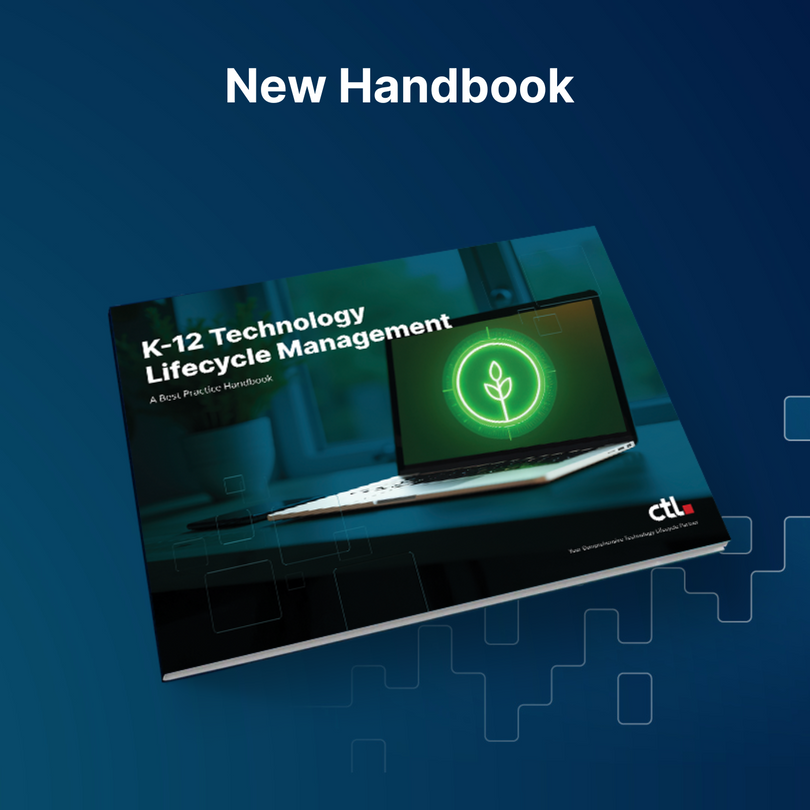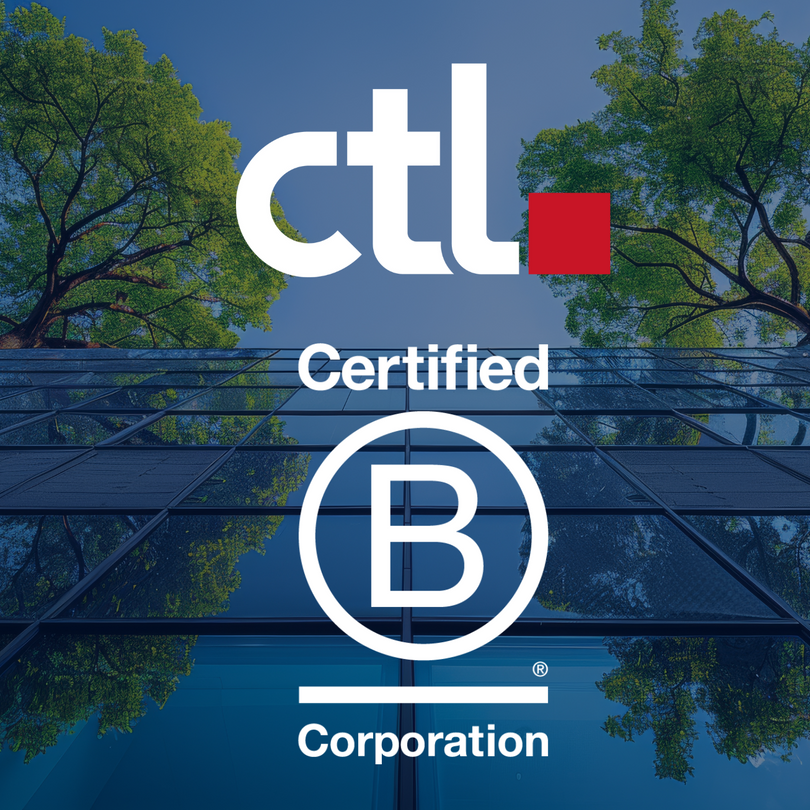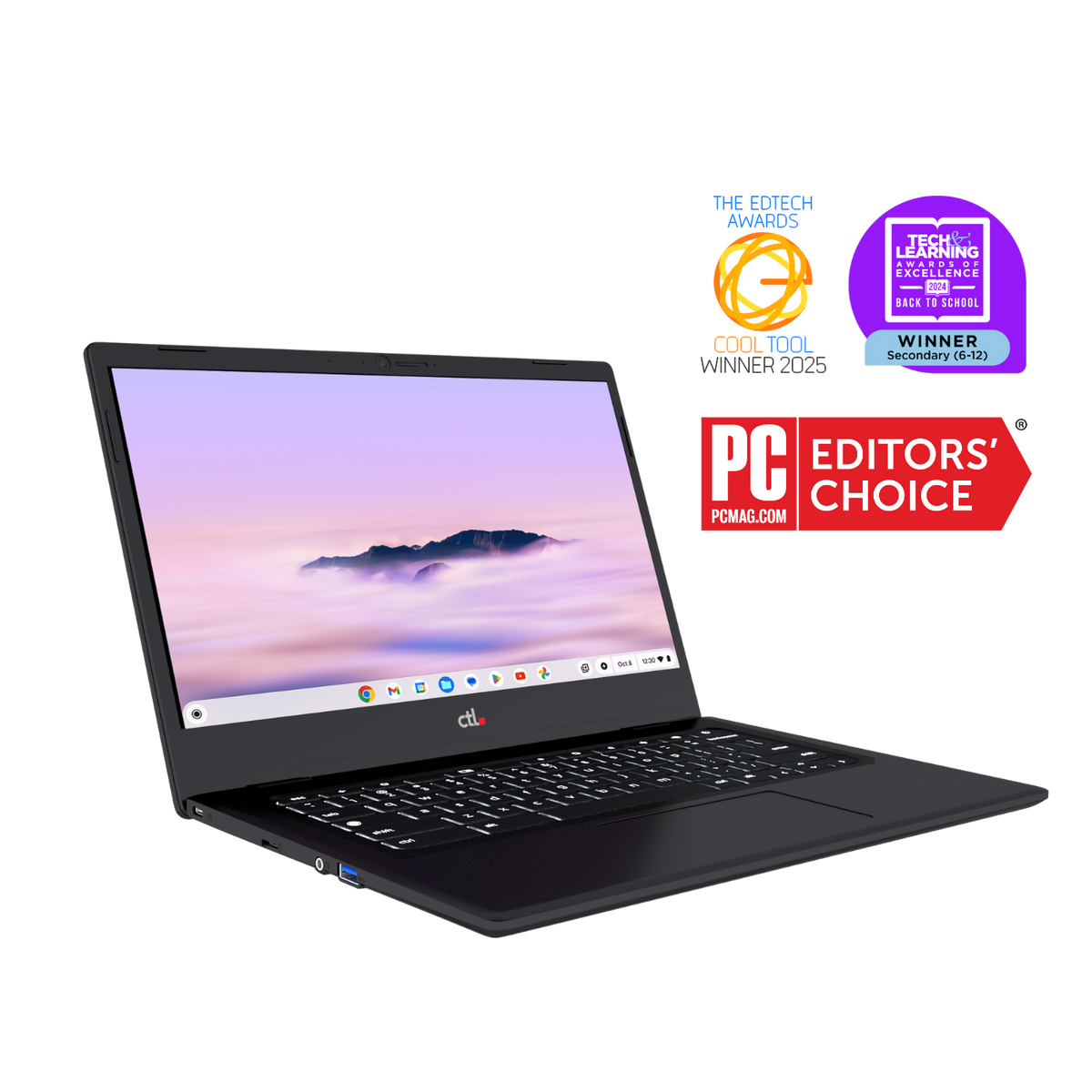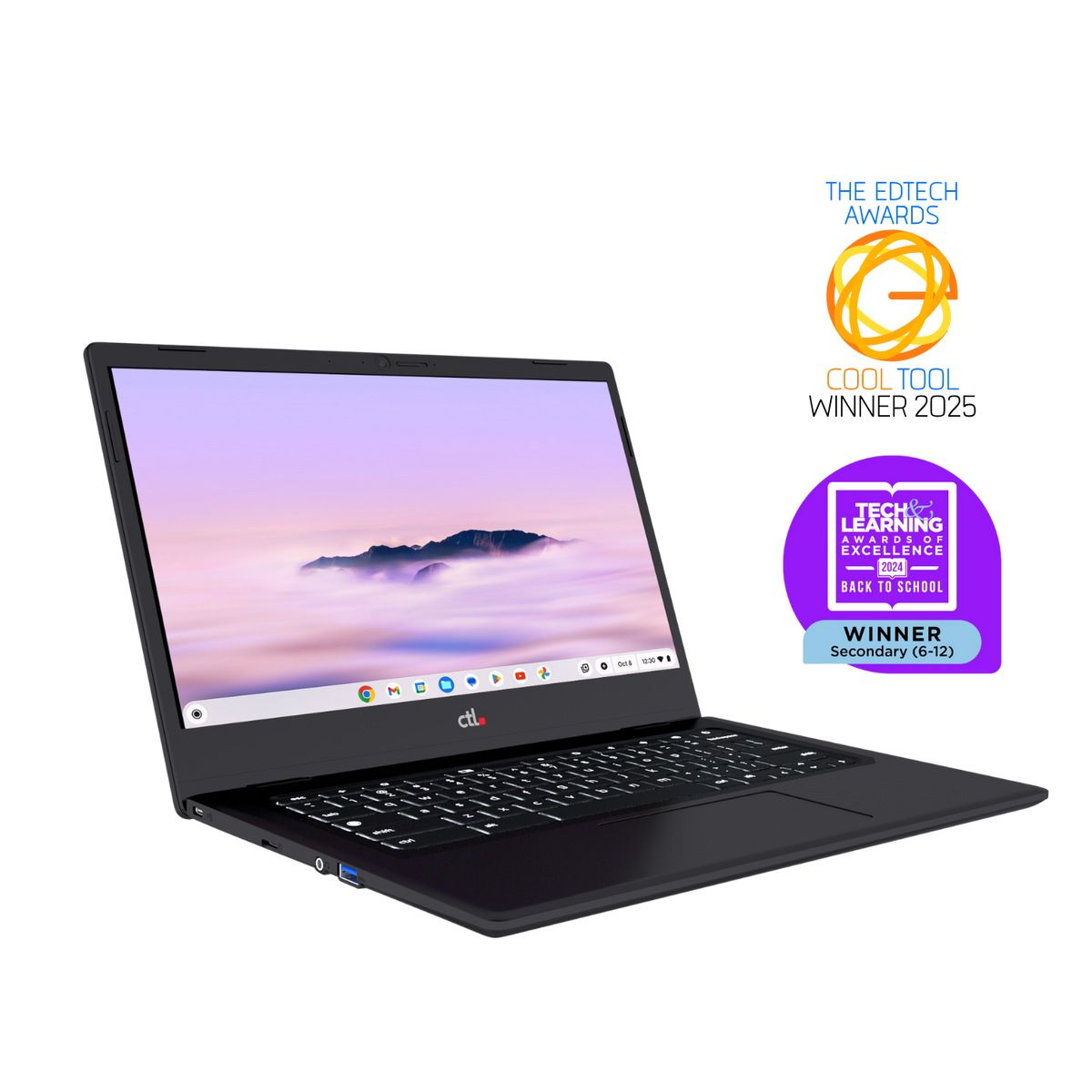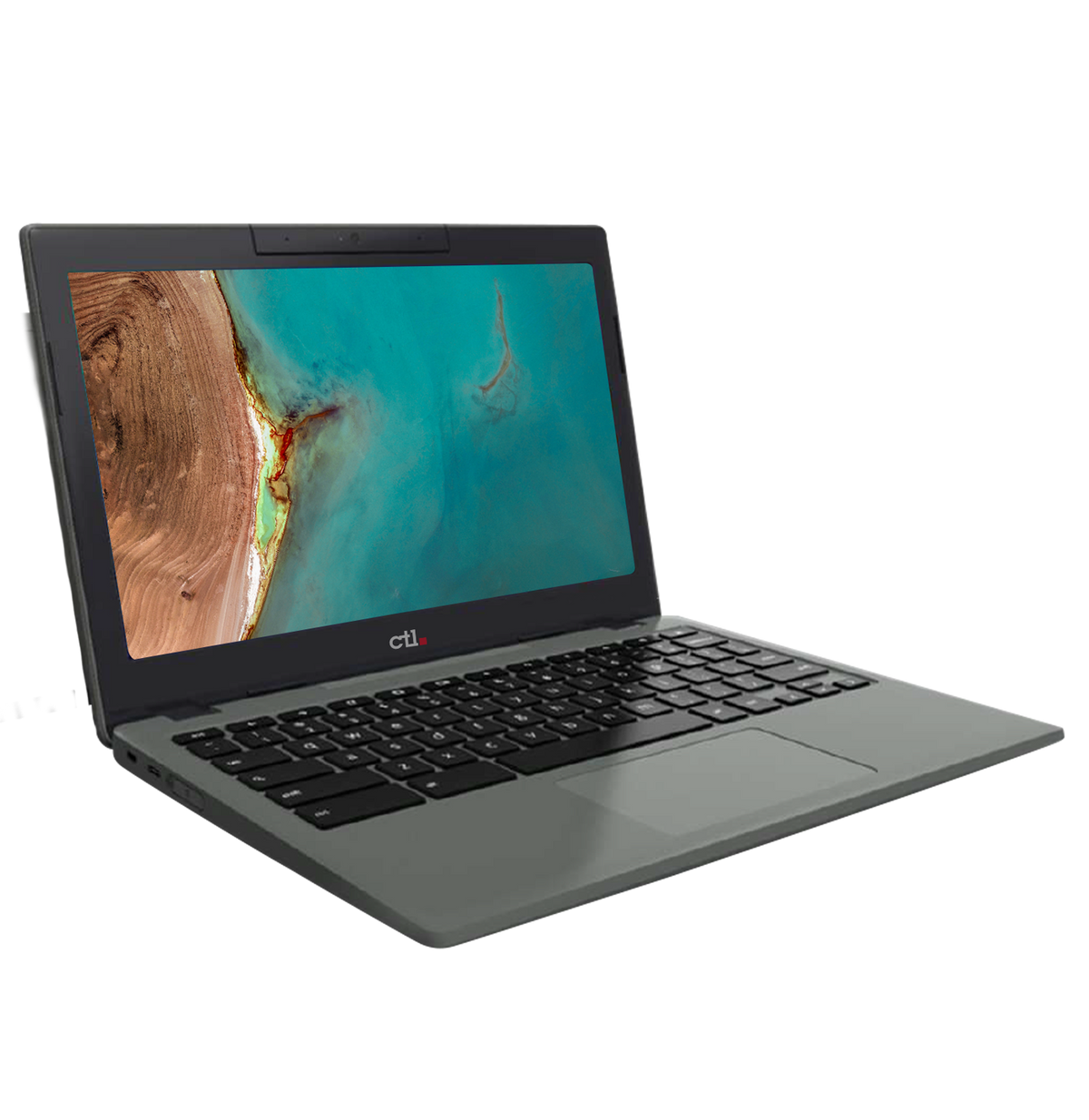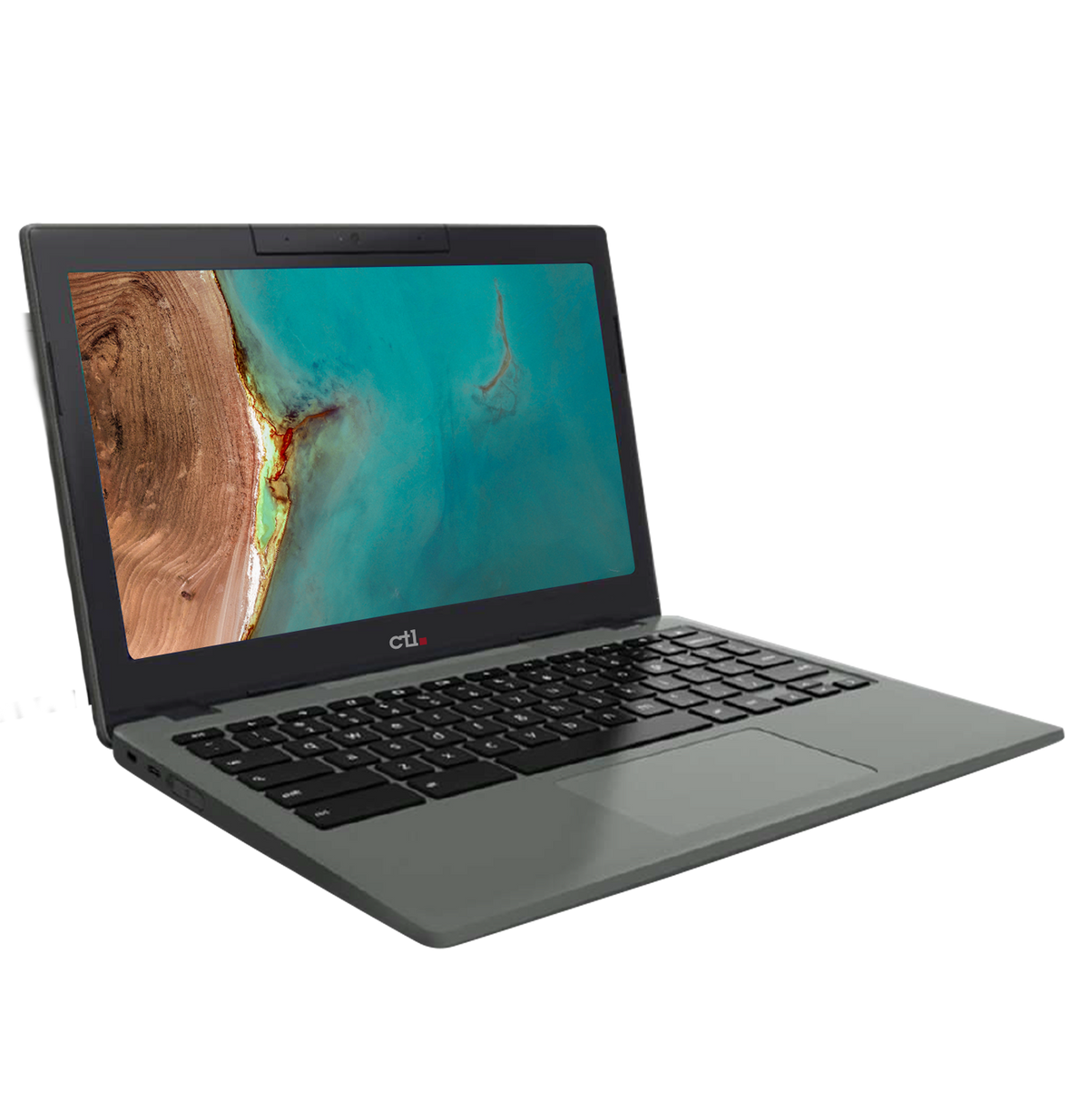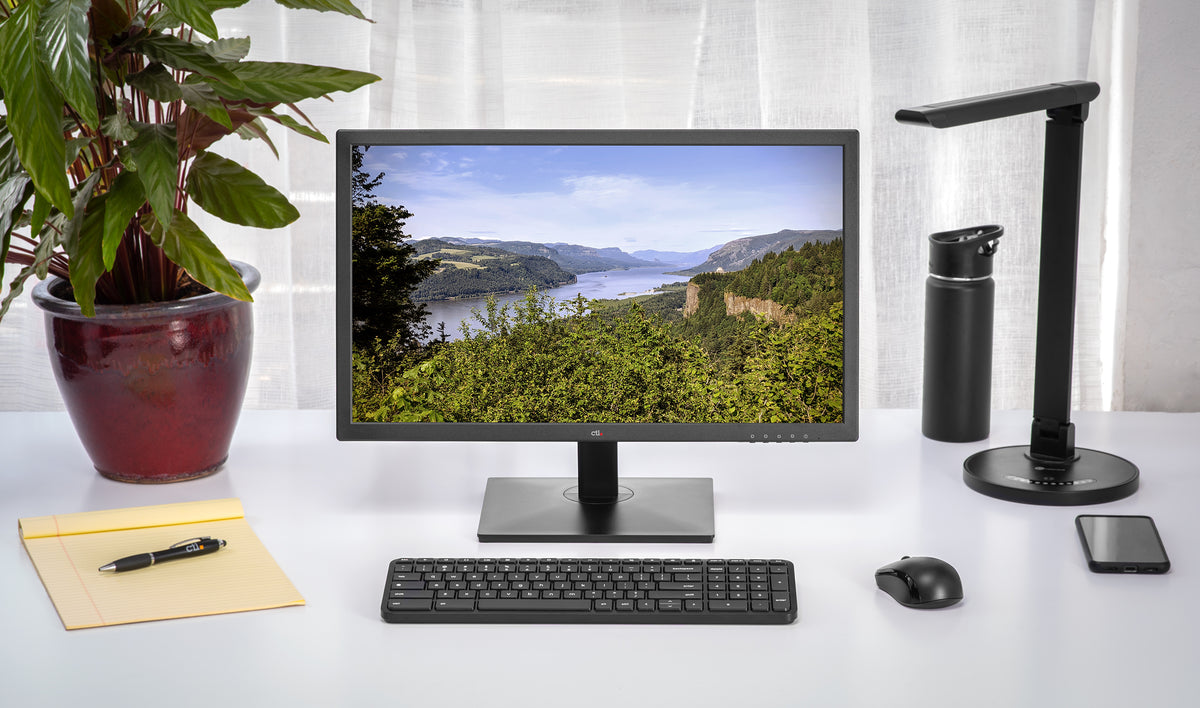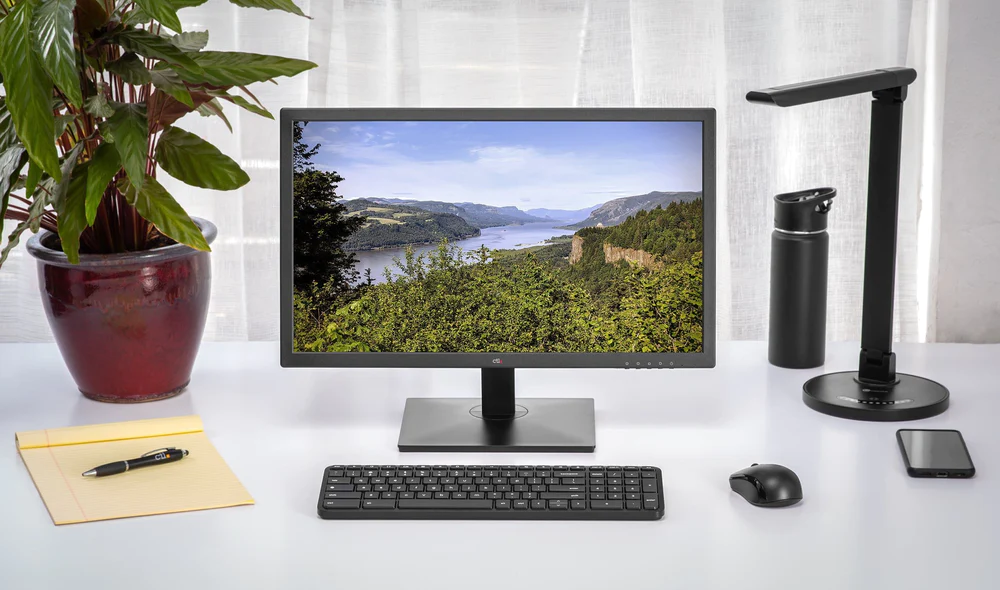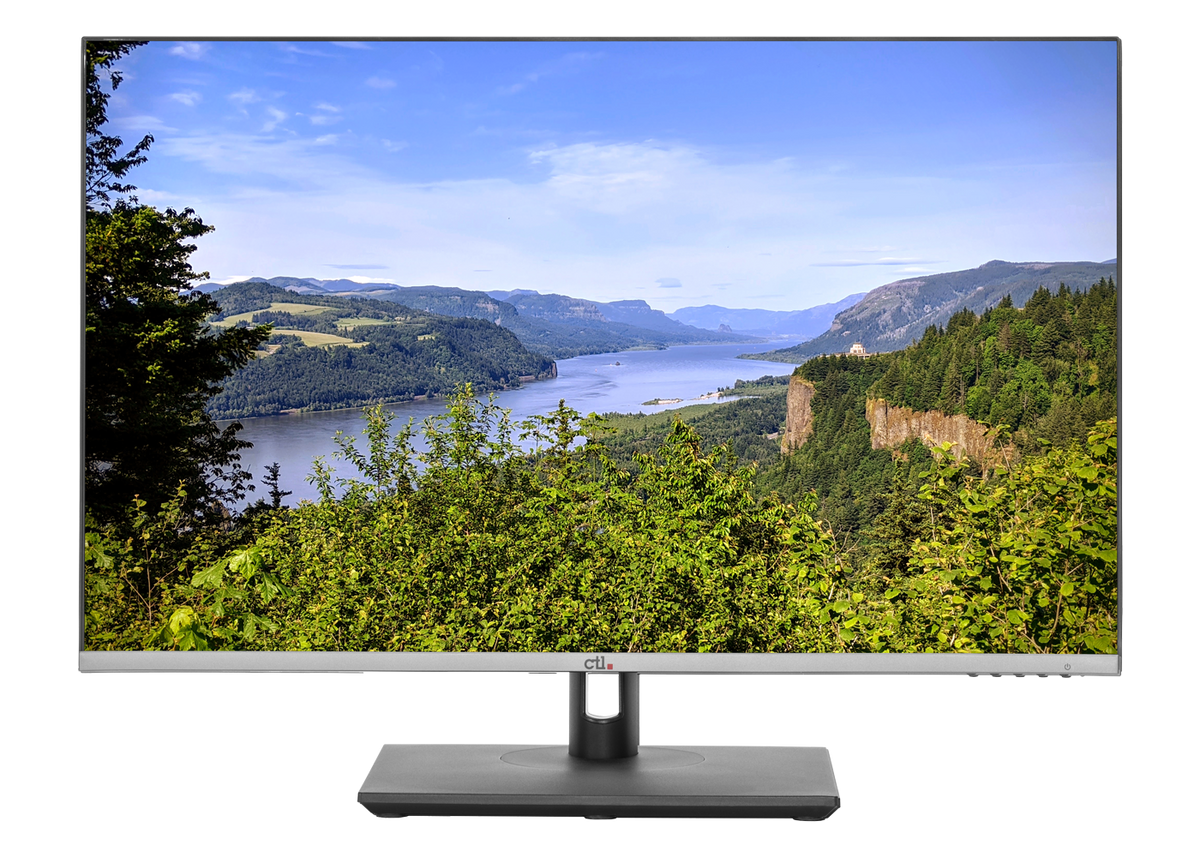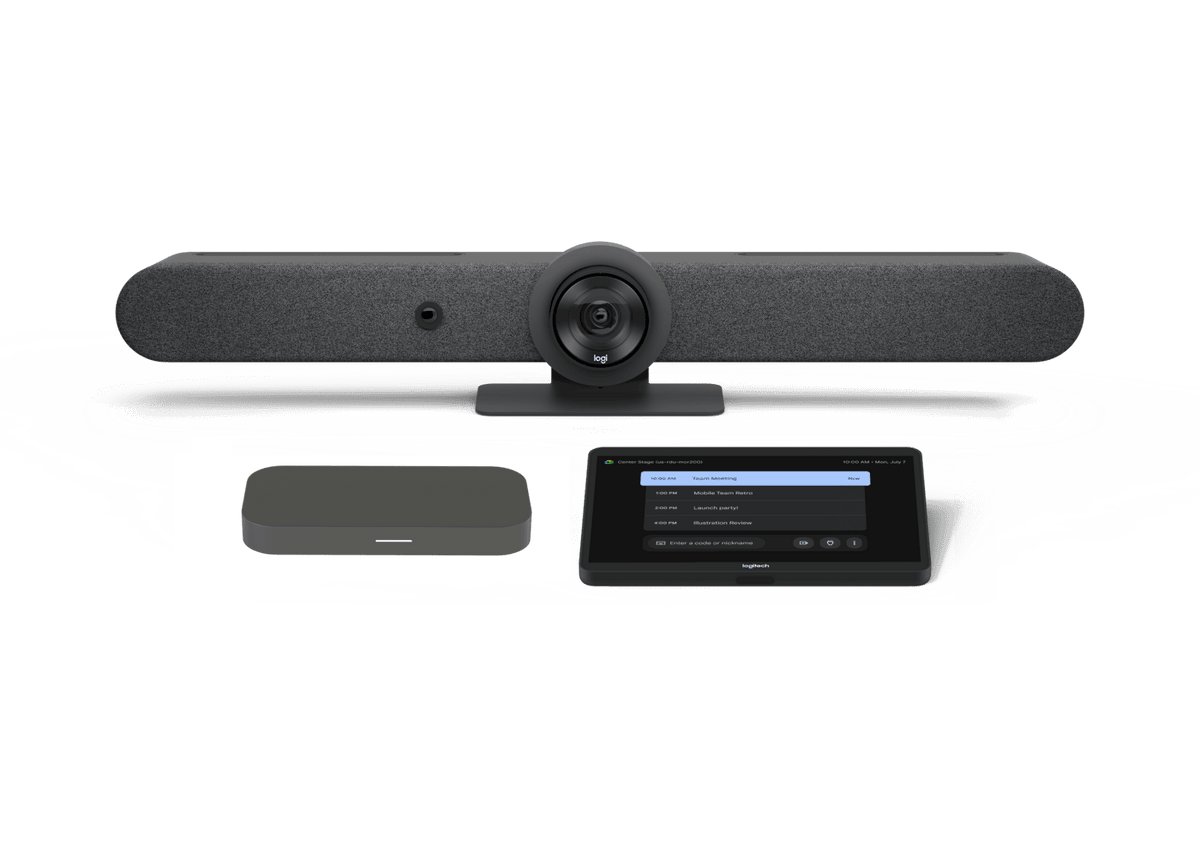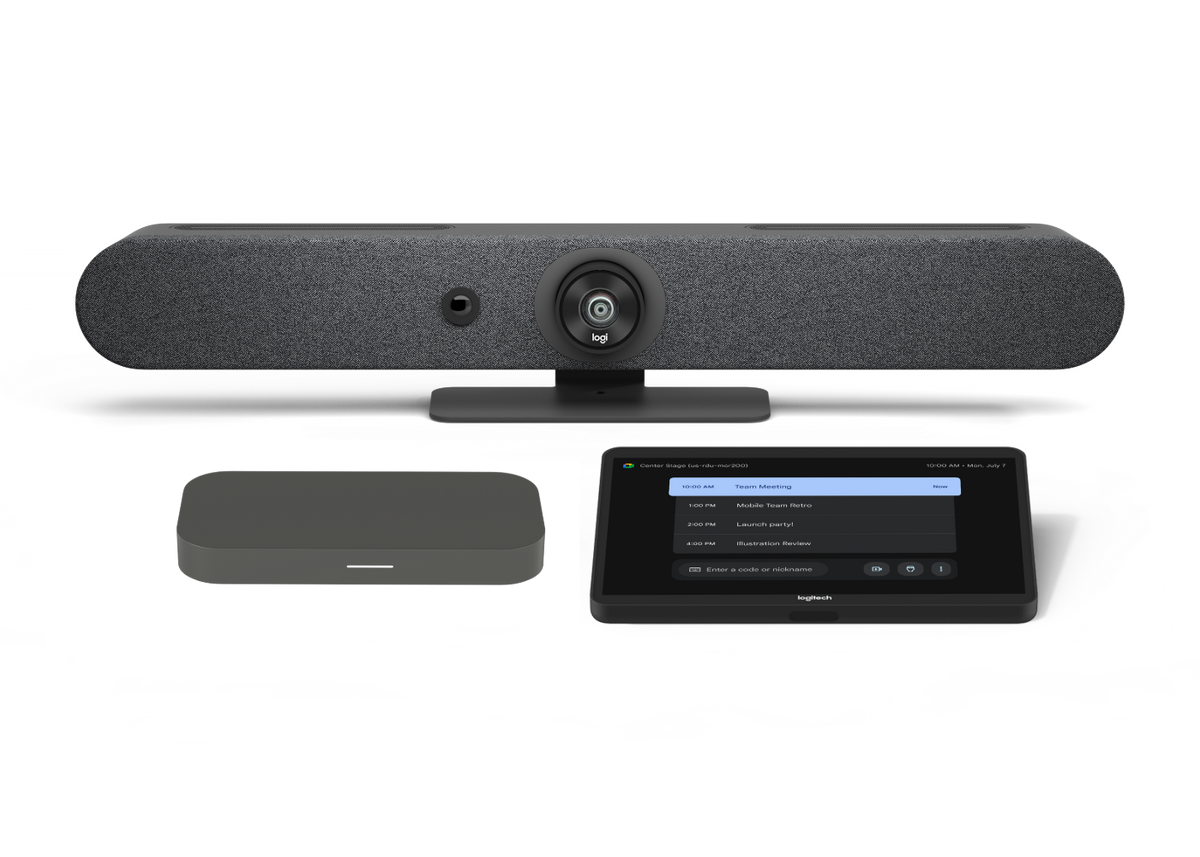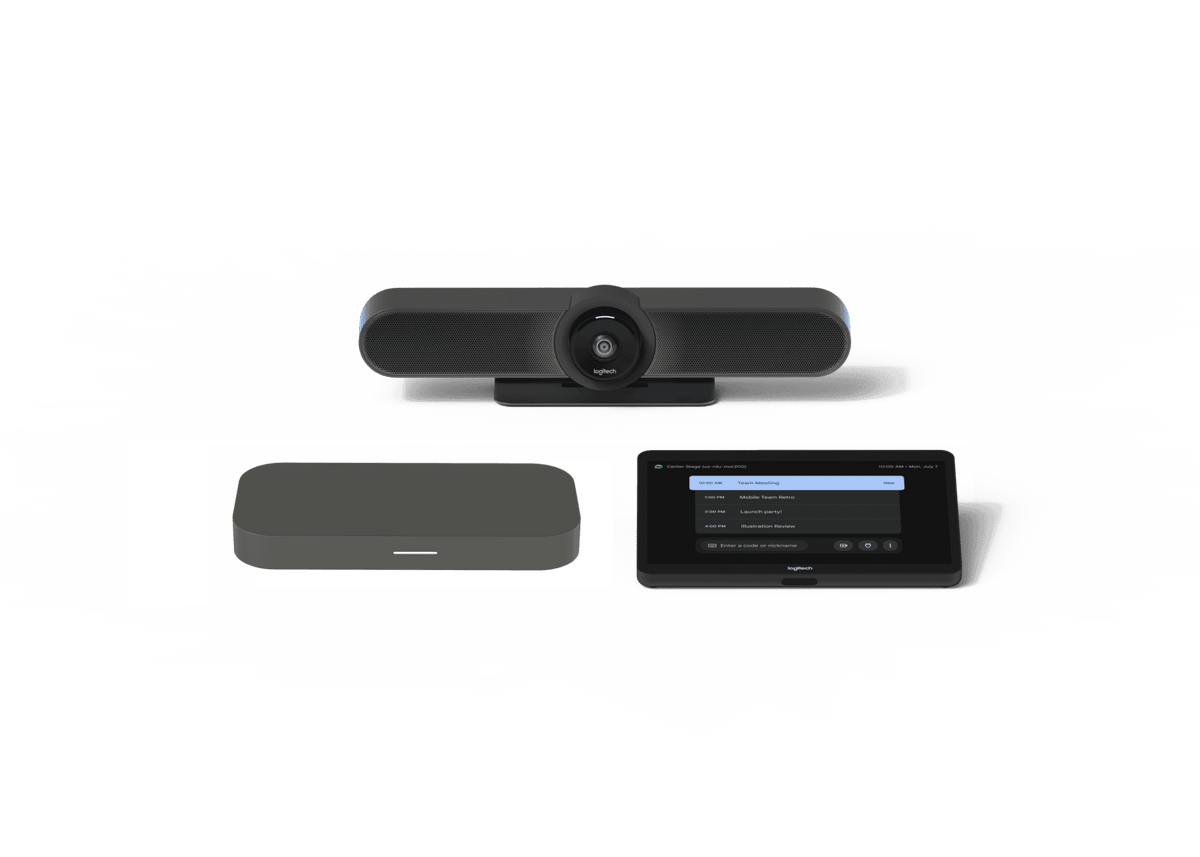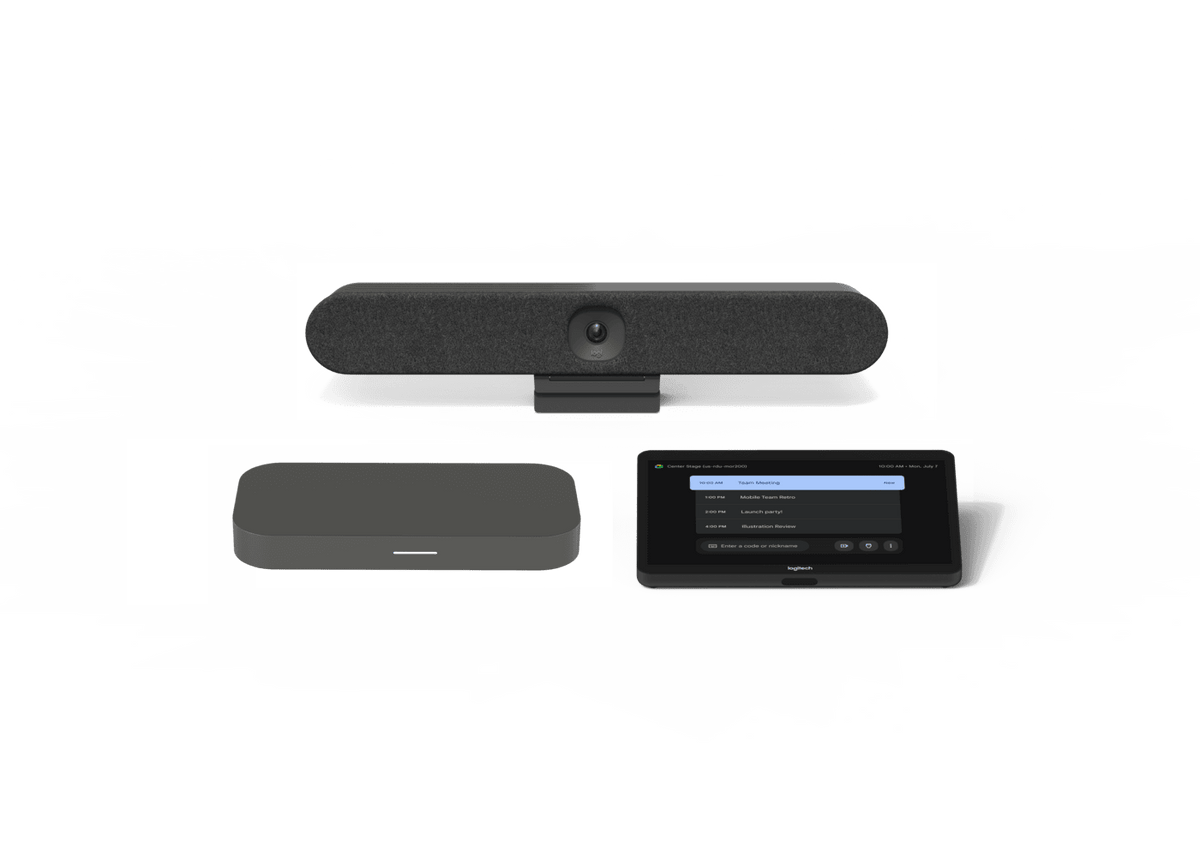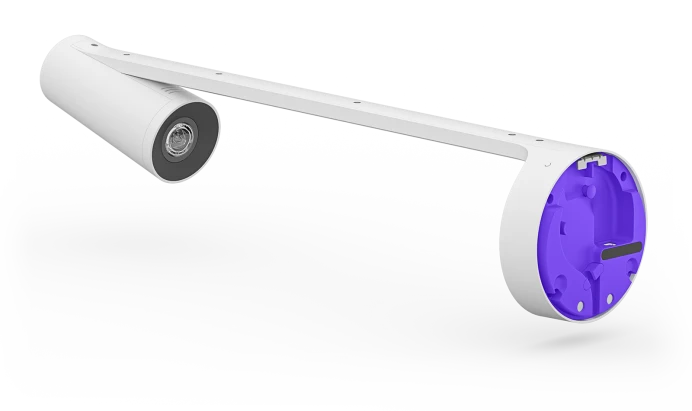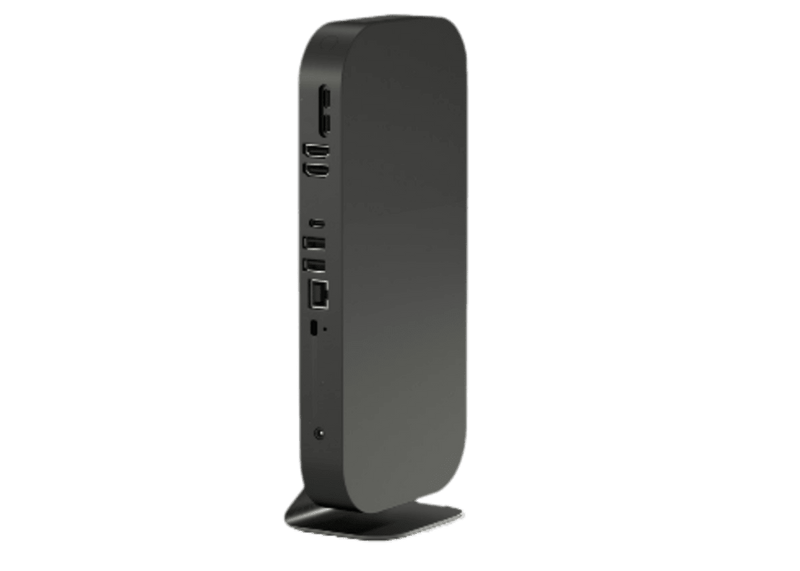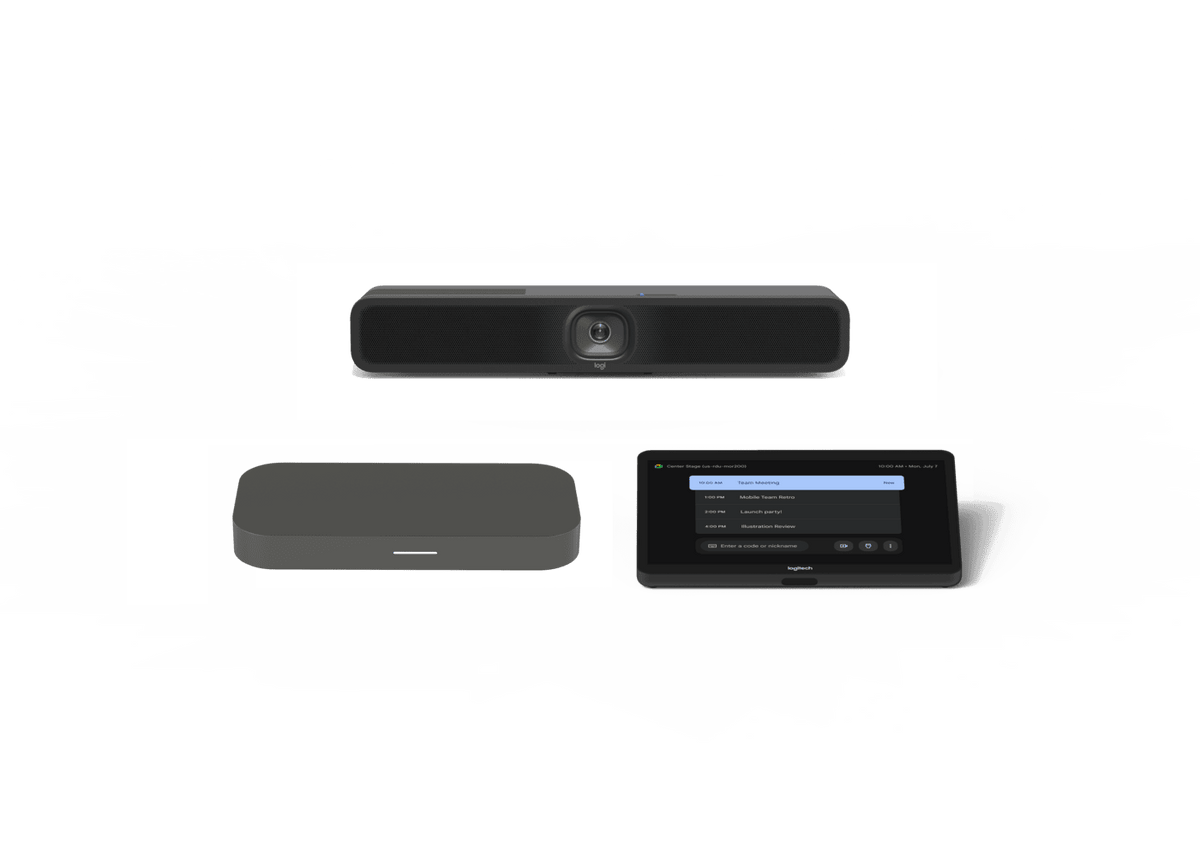Join CTL for a Free Webinar
on the New Google Sites for Educators
Wednesday, January 18 at 9:00am PST.
REGISTER HERE: http://bit.ly/2j2lACu
If you’ve used Google Sites in the past, you probably know that it’s a convenient way to create a website and integrate items from your Google Drive without having to worry about hosting or paying for external services. You’ve probably also noticed that it was well past time for an overhaul of its complicated interface and not-exactly-modern design options. Google noticed too, and they’ve created a seriously updated Sites tool to phase in over the next year or so–but is it worth switching now?
Where is this new tool?
First of all, your Google administrator has to enable the new Sites tool. They’ve probably done this already, but if you don’t see the new Sites tool in either of the places I describe here, you might want to ask them about it. The new Sites is integrated into Drive, so you don’t have to go to a separate page to start it up. From your Drive, click the New button and hover over “More”. You should see some additional Google apps in that section, including Google Sites. Click on it it and it will create a new site for you right away. The site will be stored in your Drive, just like your other Google Apps files. You can also type in (and bookmark) the new Sites homepage, which you can find at sites.google.com/new. That link will take you to a page listing all sites you’ve created in the new sites tool. The interface for that page looks a lot like the Docs or Slides homepages you may be familiar with, and you’ll be able to create a brand new site by clicking the plus sign in the bottom right corner. Alternatively, if you’re already looking at the old Sites tool (sites.google.com), look for the “New Google Sites” link beneath “Browse Sites” in the left sidebar.
New Interface, New Features
You’ll notice immediately that the Sites creation tool is much different from your old Sites. The interface is clean, simple, and allows some drag and drop functions. On the right side of the screen, there’s a sidebar that allows you to insert content and placeholders, add and re-organize pages, and apply new themes to your site. You can click on any text you see (like the placeholder for “Your page title” in the header) and edit it directly. Want more text? Just click the “text box” tool from the Insert menu in the right sidebar and it will appear on your page. Add images, links, or Google files from the right sidebar to populate your page. Once you have a few elements on your page, you can drag them around to re-order them. Google will keep things neat and tidy for you. If you want to change the look of your text, click on it and a pop-up menu will allow you to adjust alignment and give you a few options for size. The paint palette at the left will allow you to select from a limited number of styles, including choosing a photo to place behind your text (Google will adjust the contrast for readability automatically), and the trash icon will delete the text box. Add pages and adjust the theme or design of your site with the other options in the right sidebar.
When you’re ready to share your site, click the PUBLISH button at top right. Depending upon your domain’s settings, you’ll have the option to publish your site to the world, or just to your district. Your site will be created with “responsive design”, which means it should change to accommodate any screen it’s viewed on – mobile or desktop. You can preview how your site will look by clicking the eye icon at the top of the page.
What’s missing
The new Sites tool is still in its “early release” phase, and while some functions are much more advanced than the old tool, there are still a few missing features. Themes, fonts, layout, and colors are not yet fully customizable. Many scripting, API and site-level features that were available in the old tool are still missing from the new version. Gadgets, sidebars, and iFrame embedding are missing too. Steegle.com has created a side-by-side comparison table of the features of both tools that is very handy. Many early users have noted these missing features and reported them to Google, so it’s likely that many of them will be added back – a few have already been changed since the first release of the tool, so stay tuned for further updates.
Making The Choice
If you’ve already got heavily used, functional sites made with the old tool, you may find that the missing features are a deal-breaker for switching to the new sites at this time. Google has stated that the old Sites will be around for a while, until at least 2018, and that migration options to move classic Sites to the new Sites will be released this year. This gives you a lot of time to play with the new Sites tool and familiarize yourself with the options. Go create a site, and don’t forget to have fun!
Katherine Livick is the Professional Development Manager for Digital Learning at ESD 112 in Vancouver, WA. She develops curriculum for teacher professional development around technology and acts as a technology coach and consultant, helping teachers to integrate technology in school districts around ESD 112’s region. She has quite a number of opinions about coffee, Star Trek and plants.
Also make sure to check out our wide variety of education Chromebooks and affordable Chromeboxes.





